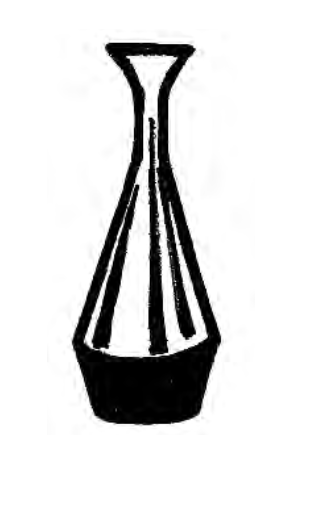Stopped horn
Muted and stopped horn are two very different sounds/techniques that are used by composers to achieve a desired effect on the horn.

Straight mute
-- Indicated in music with "mute", "sord.", "con sordino"
-- Used to make the notes softer
-- No transposing is needed

Stopped mute
-- Indicated in music with "+", "stopped", "gestopft"
-- Used to make the notes brassy
-- Transposing down 1/2 step and using F horn fingerings works best (alternate fingerings may be used as needed for tuning accuracy)


Hand-stopping
If a stopped mute is unavailable or the music doesn't allow enough time to insert/remove it, the right hand can be used to achieve the stopped horn sound. Because of the difficulty level, avoid hand-stopping below middle C if possible.
Stopped horn hand technique
-- Fold your right hand in half and tightly seal off the air
-- Play much louder (fff)
-- Aim at the low side of the pitch; stopped horn always tends to be sharp
-- Use F horn fingerings and finger down a 1/2 step
Chef's Note:
The student should cover the opening of the bell completely with the palm, fingertips pressing firmly on the inside of the bell and thumb knuckle on top of the hand. Expanding the hand outward helps provide a tighter seal, which is necessary to achieve the correct pitch.

Source: Recipe for Success, Chapter 9, pages 245-246
